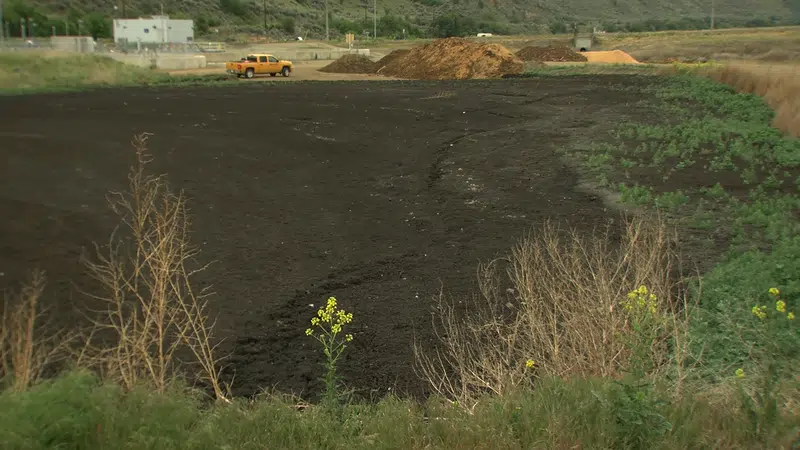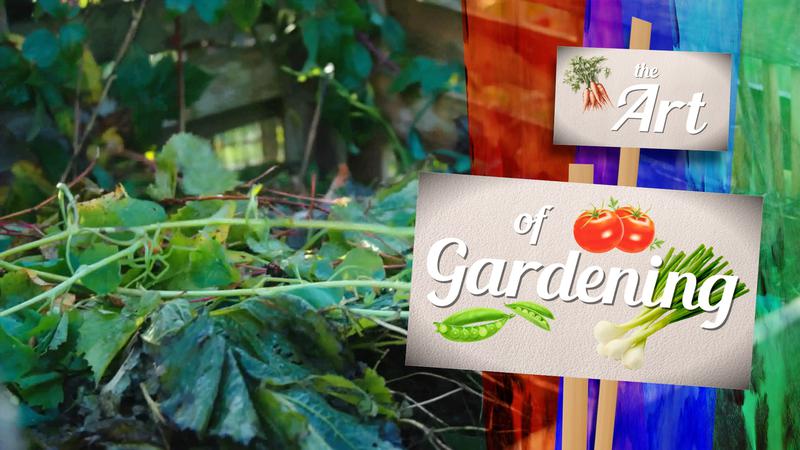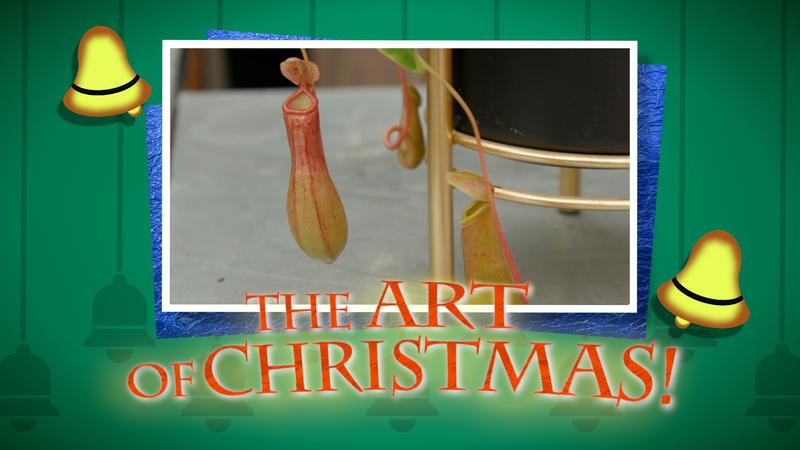
City of Kamloops hoping to educate public about biosolid production in wake of protests, blockades
KAMLOOPS — Biosolids has been a contentious issue in the region. Currently, they are being trucked out of the Kamloops Sewage Treatment Centre to the Turtle Valley near Chase.
However, for weeks, protesters have been blocking access and preventing the sewage product from entering into private property.


